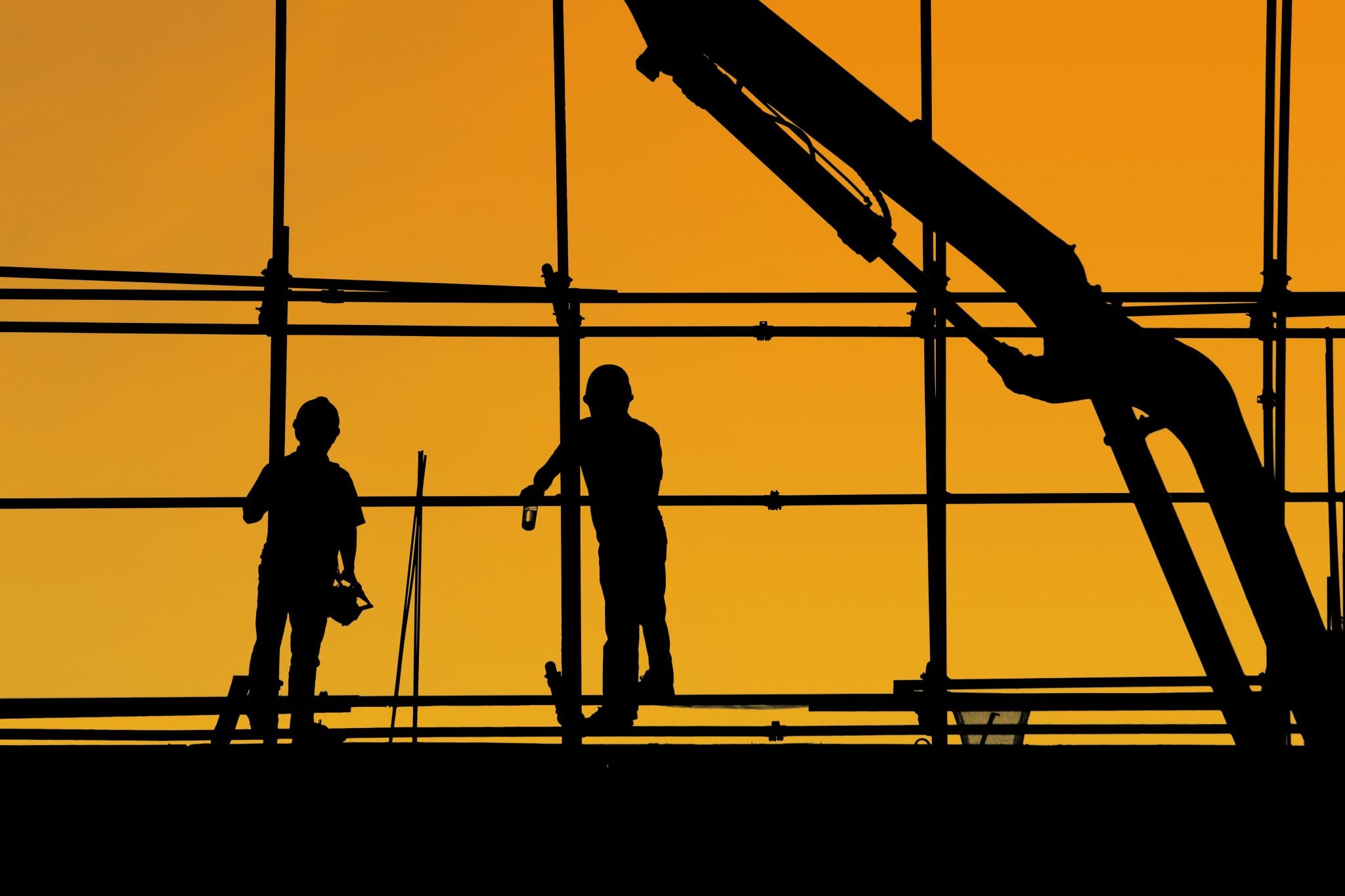
You may have already heard about the Domestic VAT Reverse Charge that came into effect from 1st March 2021. This is a change in the way contractors and subcontractors in the construction industry will account for VAT, specifically aimed at VAT registered businesses working under the Construction Industry Scheme.
These changes can often feel complicated and bamboozling, so we want to make sure it’s clear how the new scheme works and talk through the practical steps you can take as a business to be prepared for a new way of doing things.
The scheme has been introduced by HMRC in order to combat VAT fraud, in order to prevent VAT registered businesses from charging VAT for their services they supply and profiting from not paying their bill.
Now, if your CIS business receives an invoice with the reverse charge applied on construction and building services you’ve been supplied, then you account for the VAT as part of your overall input tax, as if you’ve charged it to yourself.
Let’s break down that important point.
The domestic reverse charge places the responsibility of accounting for VAT onto the customer, not the supplier
The reverse charge is essentially an extension of the Construction Industry Scheme (CIS) and only needs to be considered by businesses that are both VAT and CIS registered, and the work carried out is under the scope of CIS.
In essence, the scheme means subcontractors and those supplying construction services to a VAT-registered customer are no longer responsible for accounting for the VAT.
Instead, the VAT registered business receiving building and construction services is responsible for accounting for the VAT.
The reverse charge applies to both standard rate and reduced rate VAT
This means if the work carried out is zero-rated for VAT purposes, such as a new build, the reverse charge would not apply.
HMRC have supplied two flowcharts that can be followed to determine whether the reverse charge should be applied. These detail what should be checked whether you are a customer or supplier of services.
- If you are the building or construction supplier: You can use this flowchart from HMRC to decide whether to apply normal VAT rules, or apply the domestic reverse charge.
- If you are the customer receiving building or construction services: You can use this flowchart to check whether normal VAT rules or the domestic reverse charge.
If you’re supplying services, you’ll need to obtain written confirmation from your customer regarding their status
When raising an invoice it should clearly state that the reverse charge applies, and the customer will need to account for the VAT. There will be no VAT on your invoice.
If you are using Xero there are new VAT rate options “Domestic Reverse Charge @ 20% (VAT on Income)” or “Domestic Reverse Charge @ 5% (VAT on Income)” and respective ones for VAT on expenses.
Sometimes mistakes will happen. If you mistakenly raise an invoice with VAT when it should have had the reverse charge applied, you will need to notify your customer of this and make them aware they need to account for the VAT. A corrected invoice will need to be issued, and if the VAT was paid to you (rather than direct to HMRC) it will need to be refunded to your customer.
If you are the customer receiving reverse charge VAT invoices, you will need to account for them
This means paying any VAT due direct to HMRC as part of your normal VAT process, rather than paying the VAT on CIS services to your supplier.
What steps do Construction Businesses need to take to prepare?
- Take the time to understand the implication of this new scheme and determine how this affects your business.
- Obtain written confirmation from your customers of their status.
- Ensure your accounting software is up-to-date and is capable of accounting for the reverse charge.
- Review your VAT workings to ensure it is correctly accounted for. HMRC are allowing a 6 month grace period for mistakes made so be sure to correct any errors as soon as possible.
Some businesses may find their VAT returns will often result in a repayment. - Consider whether switching to monthly VAT returns would benefit your business as this would mean more frequent refunds and could be helpful for cashflow.
If you are interested in reading the full details in HMRC’s in-depth technical guide you can dig deep here. If you have any queries regarding the above, please get in touch and we will be happy to help.





